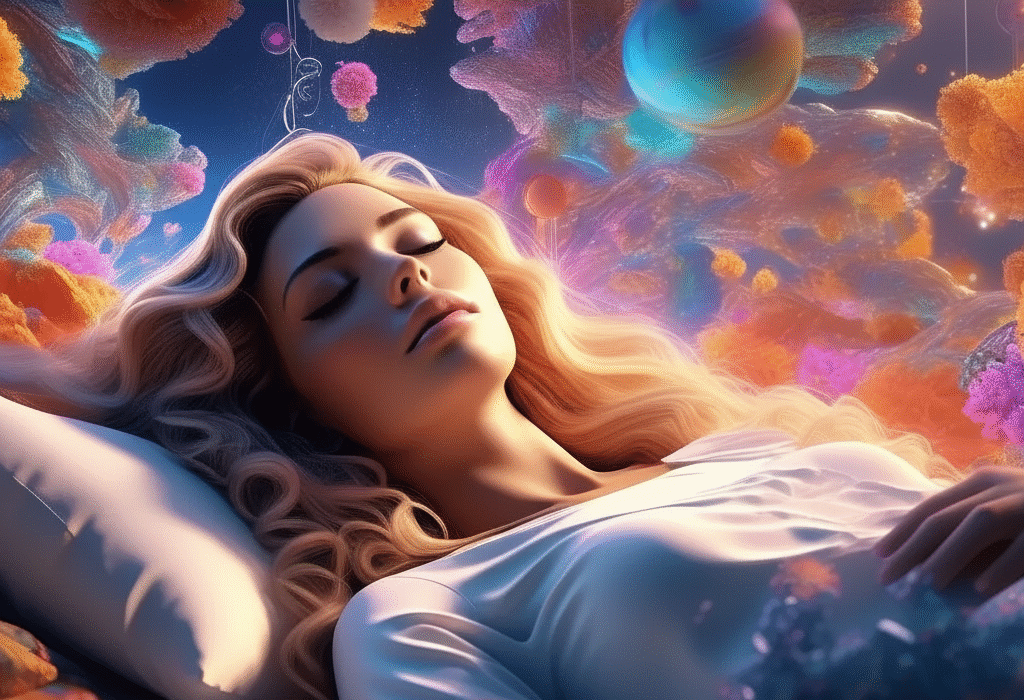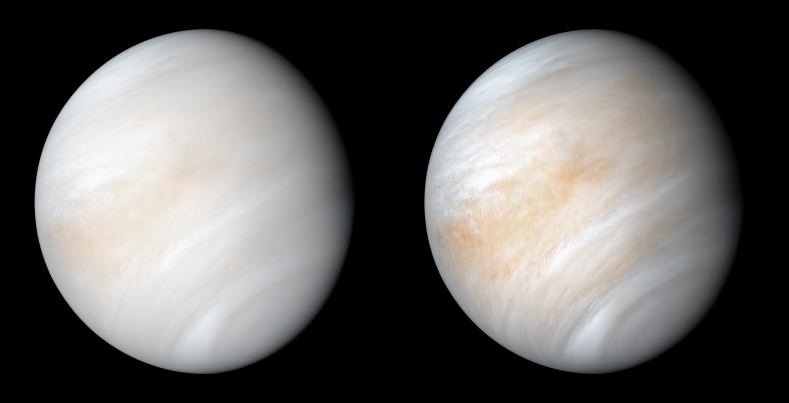Since the dawn of civilization, humanity has been haunted and inspired by the same question: must we die? From the earliest myths carved on stone tablets to the modern laboratories glowing with the blue light of computer screens, people have dreamed of defeating death. Ancient kings drank elixirs brewed by alchemists, explorers searched for fountains of youth, and philosophers debated whether the soul could transcend the body.
The yearning for immortality is not a passing whim—it is deeply rooted in the human condition. Death defines us. It shapes the boundaries of our lives, gives urgency to our choices, and shadows our triumphs with inevitable loss. Yet, for as long as death has been certain, so too has the dream of escaping it.
In our time, that dream is no longer confined to myth and legend. The race to achieve immortality is already underway, unfolding not in hidden temples or secret societies but in the laboratories of Silicon Valley, the universities of Europe, the medical research centers of Asia, and the servers of artificial intelligence systems. What was once fantasy is now science. Humanity stands at a threshold that earlier generations could only imagine—a threshold where aging itself might be slowed, reversed, or even overcome.
The Science of Aging
To understand the race for immortality, we must begin with the biological truth of aging. Aging is not a single process but a cascade of cellular and molecular changes. Over time, our cells accumulate damage, DNA mutations occur, proteins misfold, and energy systems falter. Telomeres—the protective caps on our chromosomes—shorten with each cell division, leading eventually to cell death or dysfunction. The immune system weakens, organs lose resilience, and the body becomes more vulnerable to disease.
For centuries, this decline was seen as inevitable, a natural law written into our very being. But modern science has revealed that aging is not merely a passive slide into decay; it is an active, biological process governed by pathways that can be manipulated. In laboratories across the world, scientists are identifying the hallmarks of aging: genomic instability, cellular senescence, mitochondrial dysfunction, altered communication between cells, and more.
This new understanding has opened an extraordinary possibility—that aging might be treated like a disease. If the mechanisms of aging can be slowed or reversed, the prospect of greatly extended life, even immortality, becomes conceivable. The race, then, is not merely against time but against biology itself.
The First Steps Toward Immortality
Already, remarkable strides have been made. Caloric restriction, long studied in animals, has shown the ability to extend lifespan in organisms from yeast to primates. Drugs like rapamycin and metformin, originally developed for other conditions, are now being investigated for their anti-aging effects. Gene-editing technologies such as CRISPR allow precise modification of DNA, opening doors to repairing the mutations that accumulate with age.
One particularly promising avenue is the study of senescent cells. These “zombie cells” stop dividing but refuse to die, releasing harmful substances that accelerate aging. Drugs known as senolytics are being developed to selectively eliminate these cells, rejuvenating tissues and extending lifespan in animal studies. Human trials are beginning to explore whether these effects can be safely achieved in people.
Stem cell research is another frontier. By replenishing the body’s supply of youthful, regenerative cells, scientists hope to restore the vitality of aging organs. Already, experiments have shown that introducing young blood plasma into older organisms can rejuvenate tissues, hinting at profound biological connections between aging and cellular environment.
Then there is the tantalizing possibility of resetting the biological clock itself. In 2012, Shinya Yamanaka discovered that mature cells could be reprogrammed into a pluripotent state, essentially winding back their age to a youthful, embryonic-like condition. These “Yamanaka factors” now form the basis of experiments aiming not to erase cellular identity but to gently rewind aging, restoring vitality without losing function. Early results in mice suggest that partial reprogramming could one day allow humans to reverse the effects of aging at a fundamental level.
Silicon Valley Joins the Quest
If biology has provided the tools, technology has provided the will. In the heart of Silicon Valley, billionaires and visionaries are pouring fortunes into the quest for immortality. For them, wealth has bought almost everything—except more time. And time, more than any treasure, is what they crave.
Companies like Calico, founded by Google, and Altos Labs, backed by multibillion-dollar investments, are dedicated solely to unraveling the biology of aging. These institutions attract leading scientists with promises of resources and freedom unmatched in traditional academia. Their goal is nothing less than to extend human lifespan dramatically, perhaps indefinitely.
Artificial intelligence is accelerating this work. Machine learning algorithms can analyze vast datasets of biological information, identifying patterns and drug candidates at speeds impossible for human researchers. AI is helping design molecules that might target aging pathways, predicting their effects before they ever enter a test tube. In silico experiments—simulations run entirely within computers—allow thousands of potential interventions to be tested virtually, with only the most promising moving to the lab.
The convergence of biotechnology, data science, and financial power has created a new era in the race for immortality. No longer is the dream pursued by lone alchemists or isolated geniuses—it is now the central project of global teams, billion-dollar investments, and cutting-edge technologies.
The Rise of Cryonics
For those unwilling to wait, cryonics offers another path. Cryonics is the practice of freezing the body—or sometimes just the brain—at death, with the hope that future technology will be able to revive and restore it. Though controversial and unproven, cryonics is taken seriously enough that companies like Alcor and the Cryonics Institute have been preserving individuals for decades.
The concept is simple in theory: preserve the body at ultra-low temperatures to prevent decay, then rely on future medicine to reverse both death and aging. Critics argue that the damage caused by freezing is too great, that consciousness may not survive, and that the revival of preserved bodies may never be possible. Yet for those who embrace cryonics, the gamble is clear—better to take a chance at future life than accept certain death.
Cryonics represents one extreme of the immortality race: not just extending life but suspending it, bridging the gap between present limitations and future capabilities. Whether it will succeed is uncertain, but it illustrates the lengths to which humanity is willing to go in its defiance of death.
Digital Immortality and the Mind Upload
Another pathway bypasses biology altogether: the prospect of digital immortality. Some futurists believe that consciousness itself could one day be transferred from the fragile substrate of the brain to the more durable medium of computers. In this vision, our minds would be uploaded, copied, or simulated within digital environments, where we could live indefinitely, free from the constraints of biology.
This idea rests on the assumption that consciousness emerges from patterns of information in the brain. If those patterns could be mapped in sufficient detail, perhaps they could be replicated in a machine. Advances in brain mapping, neural interfaces, and artificial intelligence are inching us toward this possibility, though the technical and philosophical challenges remain immense.
Would a digital copy truly be “you,” or merely a replica? Could a sense of self survive the transfer from flesh to silicon? These questions remain unresolved, but the allure is undeniable. For some, digital immortality represents the ultimate escape from death—existence in a world where the mind can endure indefinitely, unconstrained by decay.
The Ethical Crossroads
The race to immortality is not only a scientific endeavor but an ethical one. If aging is conquered, what becomes of humanity?
Would immortality be a privilege of the wealthy, creating new inequalities between those who can afford eternal life and those who cannot? Would population explode, straining resources and ecosystems? Or would birthrates decline as death is postponed, reshaping society in unimaginable ways?
There are also deeper philosophical questions. Is mortality essential to the human experience? Does the knowledge of death give life meaning, urgency, and value? If we lived forever, would ambition fade, relationships stagnate, and the drive to create diminish? Or would eternal life unleash new realms of creativity, exploration, and discovery, allowing humanity to fulfill its potential across centuries?
Some ethicists warn of hubris, of humanity overstepping its natural limits. Others argue that death is a problem like any other—one that science is morally obliged to solve. For those in the race, the answer is clear: to deny the pursuit of immortality is to accept unnecessary suffering and loss. To them, conquering death is not arrogance but compassion, the greatest gift science can offer.
Signs of Progress
Already, the race is yielding results. Lifespans are lengthening, not only through anti-aging research but through medical advances that prevent and treat disease. Gene therapies, regenerative medicine, and precision treatments are emerging at a pace once thought impossible. In laboratories, mice are living healthier, longer lives; in clinical trials, humans are beginning to test interventions once considered science fiction.
Immortality in the absolute sense—eternal life without end—remains distant. But the extension of healthy lifespan, perhaps doubling or tripling the years of vitality, is a goal within reach. For the first time in history, the possibility of bending, even breaking, the arc of aging is real.
The Unfinished Story
The race to immortality is not a sprint but a marathon, unfolding across decades, disciplines, and nations. Its finish line is uncertain, its path winding. Yet the runners are already on the course—scientists, technologists, philosophers, and dreamers, all driven by the same ancient desire to escape the shadow of death.
Perhaps immortality will never be fully achieved. Perhaps death will always claim us in the end. But even if eternal life remains elusive, the pursuit itself reshapes what it means to be human. It pushes the boundaries of science, forces us to confront ethical dilemmas, and challenges us to imagine futures far beyond our present horizon.
Albert Einstein once said that the important thing is not to stop questioning. In the race for immortality, humanity is questioning its most fundamental assumption: that life must end. Whether we succeed or fail, the journey changes us.
And perhaps, in the end, immortality is not only about living forever but about daring to live as if time were no longer our master.
The Horizon Beyond Death
In the stillness of the night, when the mind drifts toward its deepest fears, death looms as the final silence. But somewhere, in a lab or a server room, a scientist peers through a microscope, a programmer tests a neural algorithm, or a researcher reprograms a cell, and in those moments, the silence begins to break.
Immortality may not arrive tomorrow, nor in our lifetime. Yet the seeds are planted. The race has begun. And humanity, restless and unyielding, runs forward, chasing not just longer life but the ultimate defiance of fate itself.






